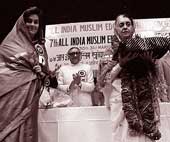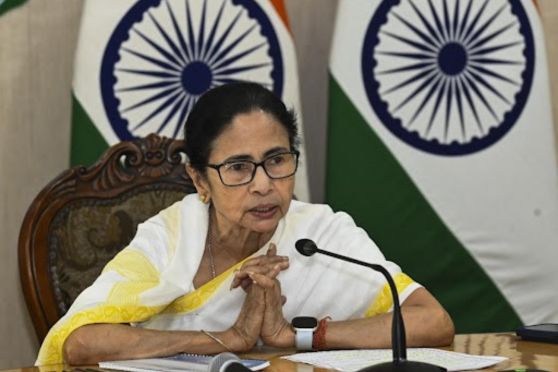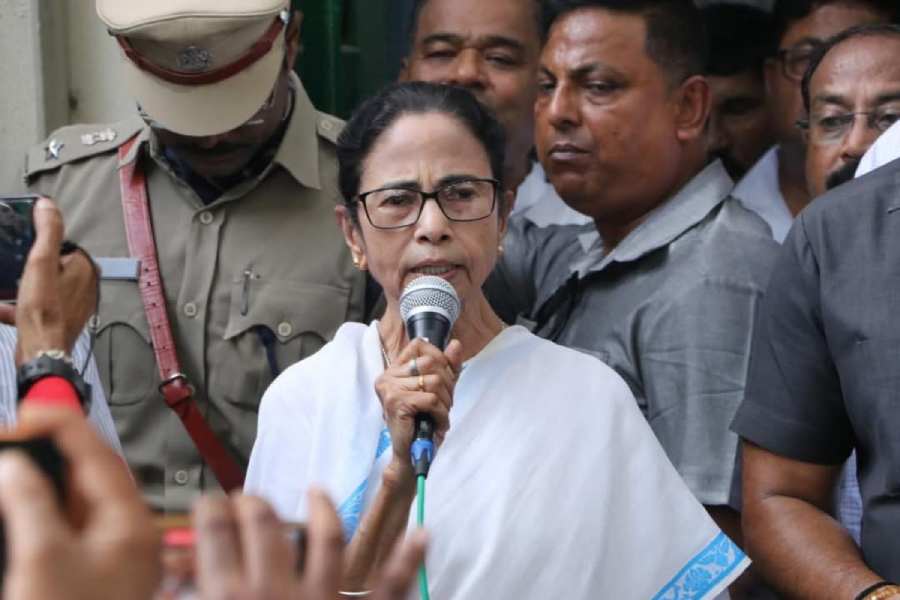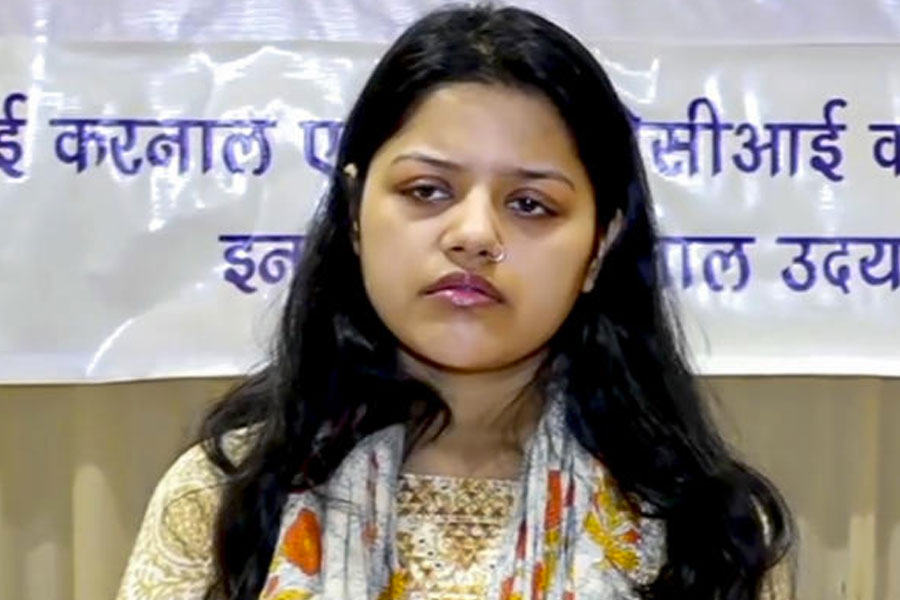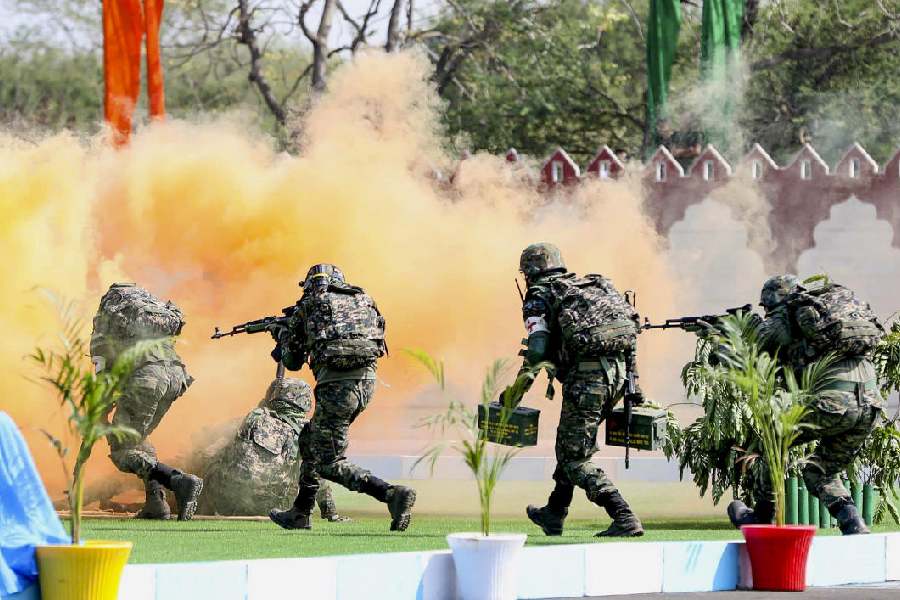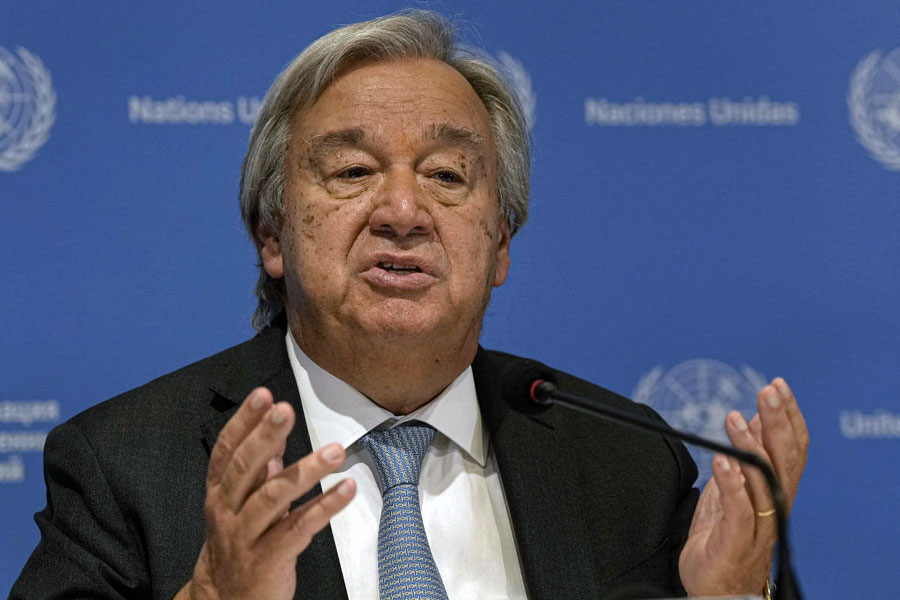|
|
| Will you open their eyes to differences? |
There’s the story about the Hindu student in Britain who retorted, when quizzed by a well-informed Englishman about gorging on steak, “It’s our Indian cows that are sacred, not your mleccha British cows!” Obviously, its an apocryphal tale since I first heard it from my father whose stint in London was in the Twenties. My mother knew it from her father, which meant late 19th century Britain. Since no one repeats it nowadays, I assume that eating beef no longer excites as much comment.
But some of my Bengali colleagues in the Calcutta office where I worked might have duplicated the student’s ingenuity in the Sixties. It was customary then for the European lunch room to serve roast mutton whenever roast beef featured on the menu. When the practice was dropped, the head khansama, a very superior Muslim from Cuttack, told me that a dual menu had become meaningless because all those “babus” who didn’t get beef at home gobbled it up in the lunch room.
Pretence and posturing persist. I bristle when anyone — usually foreigners or Muslims — see eating beef as a sign of modernity. I am also saddened when, occasionally, a smart Muslim boasts of his fondness for bacon. After the Mumbai blasts, the entire question of cow slaughter is likely to again become enmeshed in communal politics, the Kashmir question and jihadi terrorism.
True, millions of Hindus, especially in the countryside, would not dream of partaking of cow’s flesh. They are ignorant of the ancient Hindu sanction for beef. They are unaware that India earns $ 700 million annually from exporting cow products. They do not know whether cow protection is a state, Central or concurrent list subject. Whether or not cow slaughter features in the Constitution’s directive principles or in the National Democratic Alliance’s minimum common programme makes no difference to them. The anomaly of trying to impose a ban under the category of prevention of cruelty to animals is similarly irrelevant.
They worship gomata because that is their folk culture, untouched by the wisdom of the Brihadaranyaka Upanishad or the Mahabharata. They know nothing of statecraft and would be content if law and society allowed them to live their own lives without forcing their lifestyle on others.
The mischief lies in the calculations of operators who have no religious commitment themselves but whose lust for power determines populist positions. If it’s beef with Hindus, it is pork with Muslims. We know from M.C. Chagla how upset Mohammed Ali Jinnah was when his Parsee wife took ham sandwiches to a public meeting. “My God! What have you done? Do you want me to lose my election?” Jinnah exclaimed in fear. Ham was all right but not the publicity; so, spurning the sandwiches, Jinnah repaired to Cornaglia’s restaurant to wolf a plate of pork sausages in secrecy.
Or so he thought. Chagla goes on to relate how an old bearded Muslim and his grandson came in, and how the little boy reached out and took and ate a sausage. When Jinnah upbraided Chagla for letting the boy go to eternal damnation by consuming haram food, Chagla replied that the alternative would have been Jinnah’s political death. He thought that suspicious Muslims had sent the pair to spy on the leader’s gastronomic habits.
Digvijay Singh’s demand for a national ban on cow slaughter — a modern variant of Jinnah’s casuistry — was a gambit to embarrass the Central government by appearing to be more Hindu than the Bharatiya Janata Party. It could also have been intended to upstage his own Italian-born and, therefore, Roman Catholic leader. The Madhya Pradesh chief minister has had second thoughts since. Perhaps Atal Bihari Vajpayee’s counter-move of a bill showed him that two can play at the game of exploiting faith. Perhaps Sonia Gandhi rapped him on the knuckles.
But the damage is done. Furtive whispers about some national leaders (“He drinks … he eats beef … she is really his mistress!”) carry a whiff of the envious vindictiveness with which people once salivated over that old tale of Chittaranjan Das’s — or was it Motilal Nehru’s? — shirts being laundered in Paris. Even if a ban is not on any party’s formal manifesto during the next elections, it will be something that politicians with no constructive agenda will use for sneak attacks and to whip up primitive passions. All those cow belt peasants who vandalize mosques, carry sacred bricks and burn bakeries will lap up this populist substitute for a pragmatic programme. The perpetrators of the Mumbai carnage have played into their hands.Singh did not start the trend. Mock — or expedient — piety has always been a strong element of Indian life. One of the last Mughal’s first acts when the sepoys thrust a hollow crown into his feeble hands was to ban beef throughout the fantasy empire. That tribute to Mangal Pande and his revolt against greased cartridges was expected to consolidate Hindu support. The Khilafat movement was a much later variation on the theme of exploiting religion for political ends. So was Shah Bano’s plight. Also the ban on Satanic Verses. It’s a long list, prompting BJP pundits to grumble that all the concessions since Bahadur Shah Zafar have been to Muslims. Lal Krishna Advani calls it “minorityism”. His kind has been clamouring for years for “majorityism”.
This is the real objection to banning cow slaughter to propitiate and woo the electorate’s lowest denominator. The economic argument against prolonging the life of aged and diseased cattle is not a major factor. The hypocrisy of the move is a fact of Indian life. It would not be at all surprising if some of the most vociferous supporters of the proposed ban turned out to be dealers in hide and hoof. They can be counted on to find loopholes in the law, if ever there is one. Even Mulayam Singh Yadav’s plea to stop slaughtering men before talking of not slaughtering cattle is only rhetoric.
What does matter is that an official ban, embracing even West Bengal, Kerala and the five northeastern states that have so far resisted being stampeded into obscurantism, will spell the death knell of what remains of Indian secularism. It will drape the Indian state in saffron. A Hindu identity could encourage other forms of bigotry in perverting education, rejecting the fruits of research in science and medicine, and encouraging pernicious social customs like caste persecution, child marriage and widow burning. It could also give notice to the world’s second largest group of Muslims that it has no place in India that is Bharat that is really Hindustan.
No view is ever sacrosanct just because the majority endorses it. Had it been so, the world would have wallowed in the dark ages of ignorance and superstition. The majority must be taught and guided by those who know better. People were quite content with British rule until our leaders awakened them to a sense of national pride. Those leaders or their inheritors have a duty to continue the process of enlightenment. As the Union health and family planning minister, Karan Singh, toured the countryside, explaining with impressive erudition that Hinduism does not require a son to perform funeral rites. Other leaders have a similar duty to inform people that many Hindu texts recommend the meat “of a full-grown or of an old bull”.
Raja Rajendralala Mitra devoted a chapter of his work, Indo-Aryans, to beef consumption in ancient India. Perhaps I can revert to Mitra’s arguments in a later column unless our political masters decide to suppress his writings so that instead of educating the multitude, they can continue to prey on ignorance and superstition.
Meanwhile, it must be stressed that the controversy has no bearing on communal relations. It is strictly a matter of the Hindu community’s internal politics.

